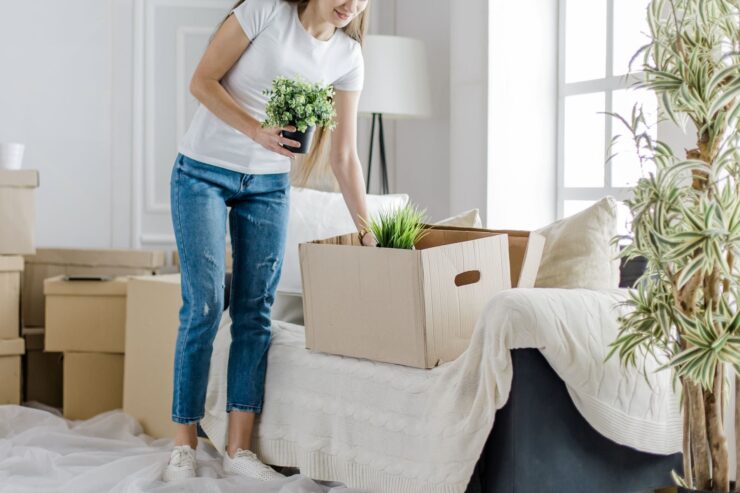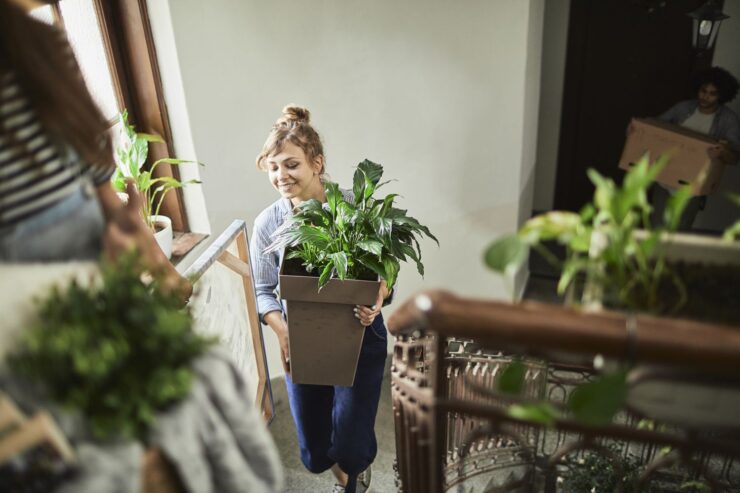Your houseplants are cherished investments, cultivated with care and attention. When it’s time to move to a new home, it’s natural to want to ensure their safe transport. Houseplants, though not bulky, are delicate and require special consideration during the move to prevent any damage or stress that could harm them.
Depending on the size of your move, it may be better to hire professionals to do the work for you. Consider visiting the website or office of removalists in your area to get more details. Check if they offer the services you need for a reasonable price. If this is not an option for you or you prefer to do the move yourself, these guidelines will help you pack your plants securely and keep them safe, especially while they’re in transit to your new location.
You will need:
- Shatter-proof plastic pots
- Sharp scissors or gardening shears
- Insecticides/pesticides
Repot your plants
If you’re taking your potted plants with you, consider repotting them into shatter-proof plastic pots at least two weeks before your move. Ceramic or clay pots are more susceptible to damage and are heavier, making them less ideal for transportation. Repotting not only reduces the risk of breakage but also simplifies cleanup in case of any accidents. The lighter plastic pots are more manageable during the move.
Inspect for pests
Inspect your plants for insects or parasites at least two weeks before your scheduled moving day or before packing them. This helps prevent bringing pests to your new home and potentially infecting your new garden or plants. If you discover any infestations, promptly treat your plants with pesticides or insecticides. Be aware that most moving companies won’t allow you to transport pesticides, so you’ll need to find a safe way to dispose of any leftover chemicals.

Prune taller plants
For taller plants, it’s advisable to prune excess foliage before packing to prevent damage during the move. You can also secure branches that extend beyond the plant’s base to prevent breakage while your plants are in transit.
Properly water your plants
In the days leading up to the move, water your plants as usual. While it’s essential to keep them hydrated, be cautious not to overwater, especially as moving day approaches. Excessive moisture can lead to fungal growth during summer moves or freezing during winter ones.
Packing your plants
Use sturdy moving boxes that can support the weight of your plants. Larger plants may require additional support and protection to prevent damage to branches and limbs. Consider using wires or DIY braces to provide support and minimize movement inside the boxes, particularly during turns and bumps in transit.

Secure your plants
Prevent excessive movement of your plants during transportation by filling gaps with packing paper or blankets, especially around the base of the pots. This will hold the plants securely in place and reduce the risk of damage.
Seal and label the boxes
After packing and securing your plants, seal the boxes with high-quality packing tape to ensure they remain intact during transit. Use a cutter, scissors, or a sharp object to create small holes in the boxes to allow the plants to breathe, even after sealing.
Carefully following the tips above will increase your chances of relocating your houseplants safely and ensure they arrive at your new home in excellent condition.

